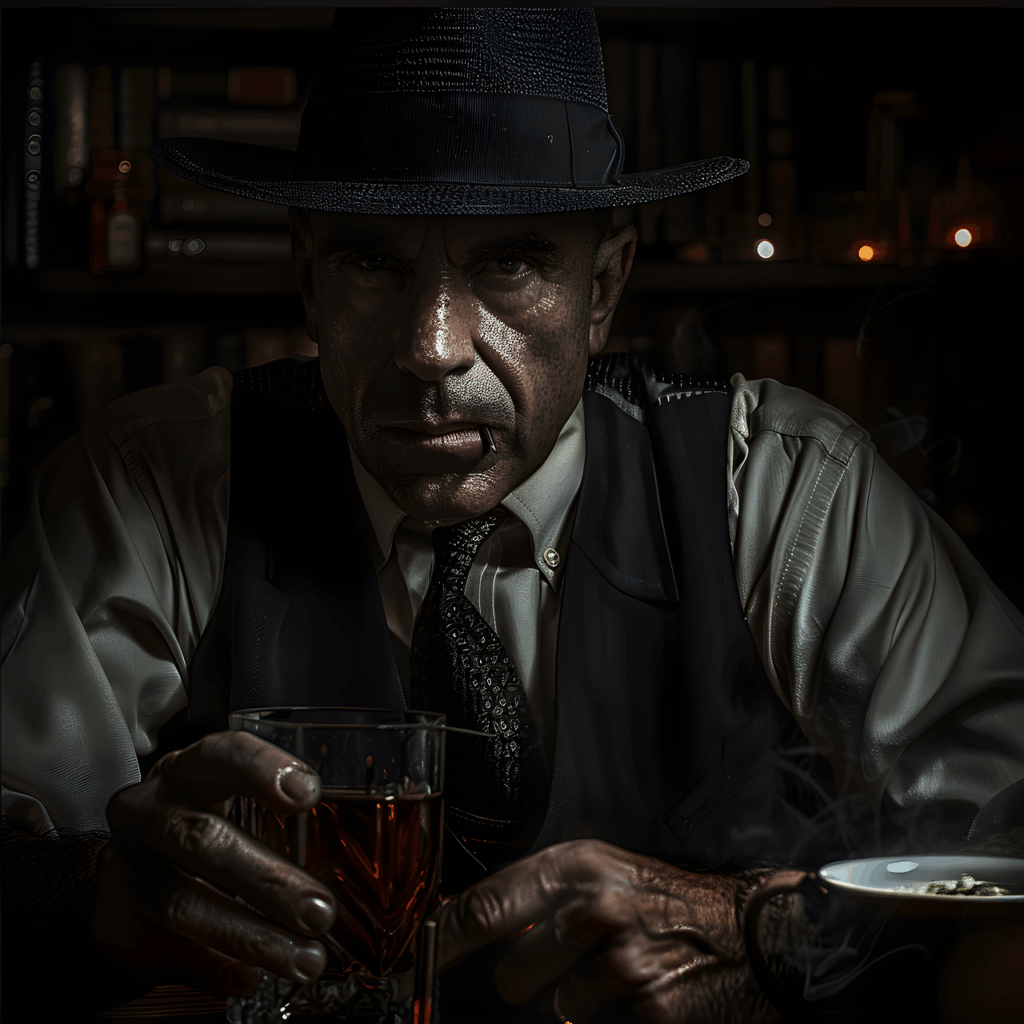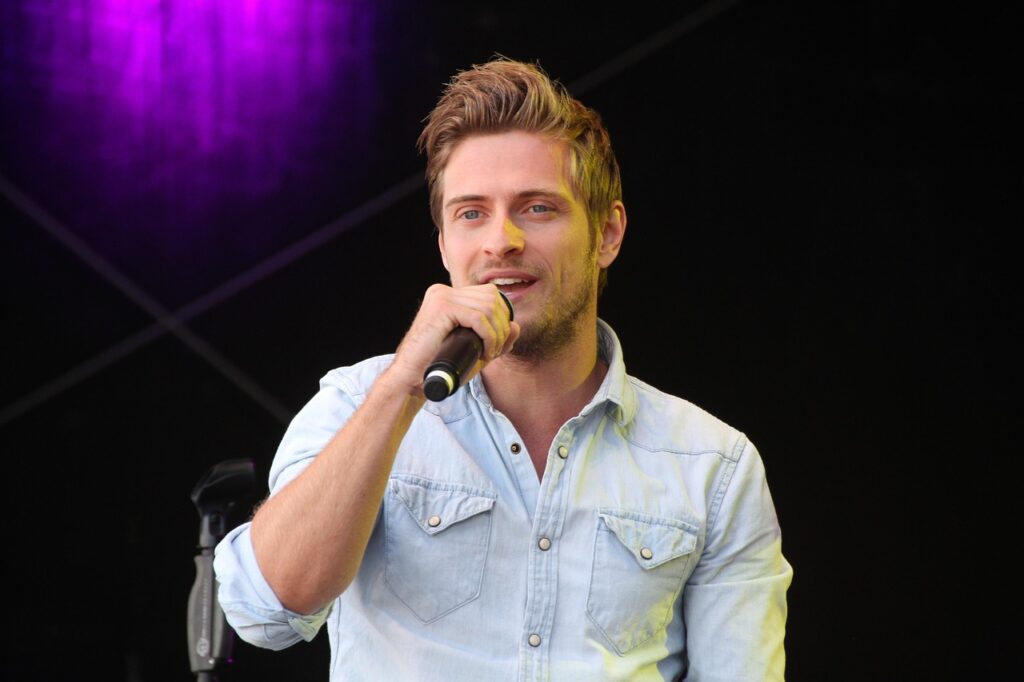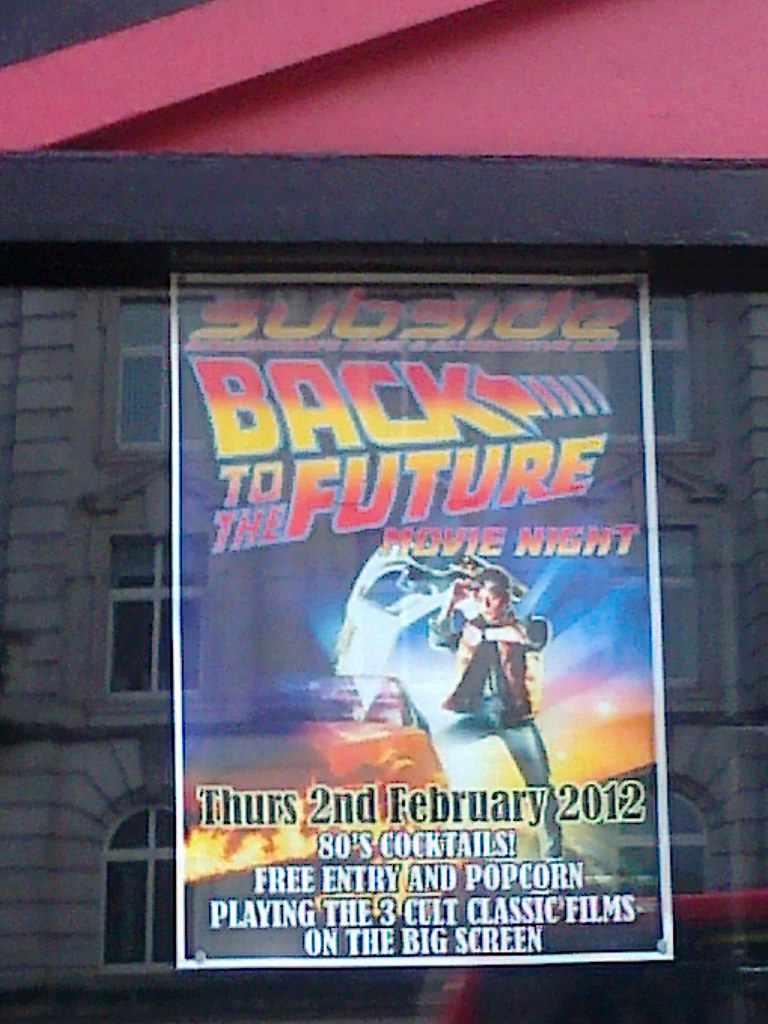
The “Back to the Future” franchise isn’t just a timeless cinematic marvel; it’s a masterclass in storytelling, special effects (especially for its era), and, perhaps most impressively, in casting. Robert Zemeckis and Bob Gale crafted a universe where characters journey across different eras, interacting with their ancestors and descendants, leading to some truly mind-bending temporal paradoxes and unforgettable cinematic moments. But beyond the iconic DeLorean and the wild trips to 1955, 2015, and 1885, there’s a fascinating layer of complexity thanks to the sheer acting talent involved.
Imagine stepping into the shoes of not just one character, but two, three, or even four distinct individuals, sometimes within the same scene, and often separated by decades or even centuries. This isn’t just about changing costumes; it’s about embodying different personalities, mannerisms, and historical contexts with seamless conviction. The magic of “Back to the Future” is amplified by the incredible versatility of its cast, many of whom took on the challenge of playing multiple characters, enriching the narrative and deepening our connection to the sprawling McFly, Tannen, and Baines family trees.
In this first part of our journey, we’re going to dive deep into the performances of three such phenomenal actors: Michael J. Fox, Thomas F. Wilson, and Lea Thompson. These individuals were not only central to the trilogy’s success but also delivered some of the most memorable multi-character portrayals in cinema history, proving that talent truly transcends time. Get ready to appreciate the subtle nuances and bold transformations that made their performances so extraordinary.
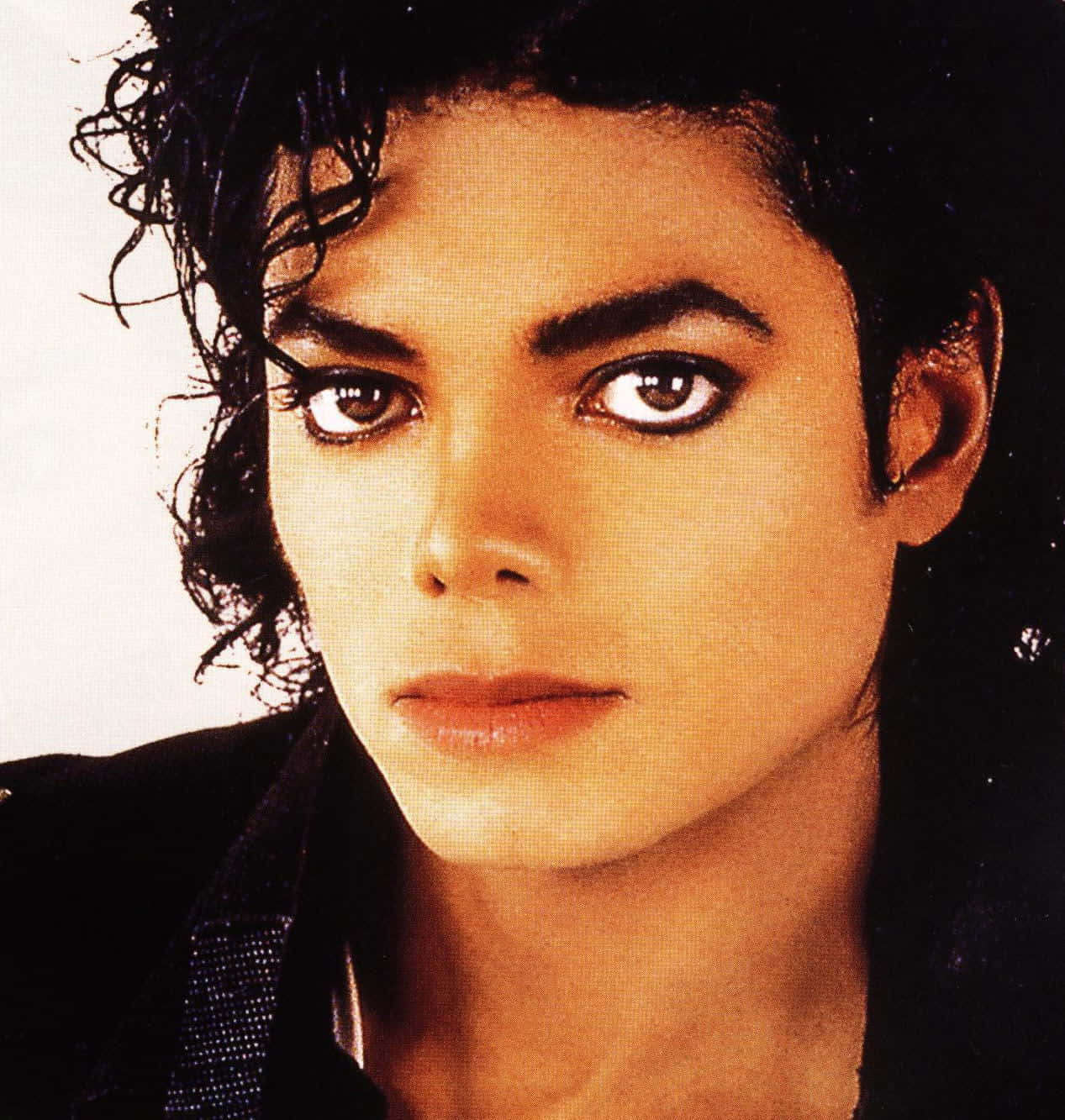
1. **Michael J. Fox: The Quintessential Time-Traveler and His Kin** When you think of “Back to the Future,” the face that instantly springs to mind is Michael J. Fox, the energetic, skateboard-riding protagonist, Marty McFly. Fox’s portrayal of Marty is iconic, capturing the essence of a typical 80s teenager thrust into extraordinary circumstances. As the son of George and Lorraine McFly, and the youngest of three children, Marty is the anchor of the trilogy, navigating the past, present, and future while striving to restore the space-time continuum alongside his eccentric friend, Doc Brown. He’s repeatedly drawn into encounters with Biff Tannen or members of the Tannen clan, constantly trying to undo the damage caused by temporal meddling.
However, Fox’s brilliance extends far beyond just playing Marty. He masterfully brought to life multiple members of the McFly lineage, showcasing an astonishing range that few actors achieve in a single franchise. In “Back to the Future Part II,” set in the futuristic 2015, Fox seamlessly transitions into the roles of Marty’s future children: the awkward, gangly Marty Jr., and the equally troubled Marlene McFly. Marty Jr. was originally destined for a robbery with Griff and his gang, leading to a fifteen-year prison sentence, while Marlene, in an attempt to break her brother out, would face twenty years in a woman’s prison. Fox’s distinct physicalities and vocal inflections for these characters, often appearing in the same scenes through clever camera work, were crucial in establishing their individual personalities and making their plights feel genuinely urgent.
The versatility continues in “Back to the Future Part III,” where Fox travels back to the Wild West of 1885 and embodies Seamus McFly, Marty’s paternal great-great-grandfather. Seamus, an Irish immigrant, is a stark contrast to the modern Marty. He’s a man of quiet strength and intuition, exhibiting a familiar feeling about the “strange young man” (Marty) who has mysteriously appeared. Fox imbues Seamus with a stoic demeanor and a subtle wisdom, making him a grounded figure in a harsh landscape. His interactions with Maggie McFly, and his nonchalant attitude towards Buford Tannen’s harassment, further define him as a distinct character, while still retaining a familial echo that viewers could connect to Marty.
The demands of playing Marty McFly, Marty Jr., Marlene McFly, and Seamus McFly were immense. It required Fox to shift not only his appearance but his entire physicality, voice, and emotional core to convince the audience that they were watching different individuals, even when some were genetically related. From the contemporary cool of Marty to the anxious vulnerability of Marty Jr., the determined spirit of Marlene, and the rugged resilience of Seamus, Fox’s multi-faceted performance is a cornerstone of the trilogy’s enduring appeal and a testament to his exceptional acting talent. His ability to embody these diverse personas across different timelines is truly remarkable, solidifying his place as a cinematic icon.
2. **Thomas F. Wilson: The Enduring Antagonist Through the Ages** No “Back to the Future” article would be complete without a deep dive into the franchise’s primary antagonist, Biff Tannen, and the phenomenal actor who brought him to life in all his bullying glory: Thomas F. Wilson. Wilson’s portrayal of Biff is legendary, making him one of cinema’s most recognizable villains. Biff is introduced as the local bully who harasses George McFly, a weakling with low self-esteem, in 1955. His character is a constant thorn in the side of the McFly family, a symbol of petty cruelty and unearned confidence that spans generations. Wilson expertly captured Biff’s thuggish charm and dim-witted aggression, making him a character you loved to hate.
However, Wilson’s talent truly shone in his ability to embody multiple iterations of the Tannen family, each sharing a core of aggressive self-interest but distinct in their historical context and specific brand of villainy. In “Back to the Future Part III,” Wilson transformed into Buford “Mad Dog” Tannen, Biff’s great-grandfather, a notorious outlaw in 1885 Hill Valley. Buford is a far more dangerous and volatile character than Biff, nicknamed “Mad Dog” due to his violent temper and propensity for drooling, a moniker he despises. Wilson injects Buford with a raw, murderous cruelty, a stark contrast to Biff’s often comical ineptitude. He perfectly conveys Buford’s need for control, his childlike tantrums when humiliated, and his overall unstable nature, making him a formidable and truly menacing foe for Marty in the Wild West.
Moving to the future in “Back to the Future Part II,” Wilson also takes on the role of Griff Tannen, Biff’s grandson. Griff leads a futuristic gang and is presented as a younger, even more tech-savvy bully, carrying on the family tradition of tormenting the McFlys. Wilson skillfully gives Griff a contemporary edge, with a distinct visual style and a more aggressive, yet still recognizable, Tannen swagger. The continuity of the Tannen family’s bullying nature, regardless of the era, is a critical recurring theme in the franchise, and Wilson’s ability to portray this genetic predisposition for villainy across different generations is a testament to his nuanced understanding of these characters. The narrative even extends to the animated series, where Wilson voices Griff’s grandson, Ziff, who attempts to sabotage Marta McFly’s space cruiser due to his inherited hatred for the family.
The physical and vocal demands for Wilson were immense, shifting from the relatively grounded, albeit obnoxious, 1950s teenager/middle-aged Biff, to the dangerous and unhinged Old West outlaw Buford, and then to the flashy, futuristic punk Griff. Each character required a complete immersion into a different persona, dialect, and physicality, while still maintaining that underlying “Tannen” essence. Wilson’s performances are not merely caricatures; they are deeply felt portrayals that provide the necessary antagonism to drive the entire trilogy forward, making him an indispensable and truly exceptional multi-character actor in the “Back to the Future” universe. He didn’t just play bad guys; he played the *Tannen* bad guys, and that’s a legacy all its own.

3. **Lea Thompson: From Awkward Teen to Pioneer Matriarch** Lea Thompson’s portrayal of Lorraine Baines/McFly is another cornerstone of the “Back to the Future” trilogy, offering one of the most compelling character arcs in the entire franchise. Initially, in 1985, Lorraine is introduced as a middle-aged woman, out of shape and unhappy, struggling with a drinking problem. Her transformation when Marty accidentally travels to 1955 and helps her gain confidence, leading her to a happy marriage with George, is pivotal to the film’s optimistic message. Thompson expertly conveyed Lorraine’s initial infatuation with Marty (whom she thought was “Calvin Klein”), her gradual shift towards George, and her ultimate happiness in the altered timeline. Her performance captures the hopes, fears, and eventual contentment of a woman whose life course is dramatically changed.
But Thompson’s acting prowess, much like Fox’s and Wilson’s, extended beyond a single character. In “Back to the Future Part III,” she beautifully stepped into the role of Maggie McFly, Marty’s paternal great-great-grandmother. Maggie, an Irish immigrant living in 1885, bears a striking resemblance to Lorraine, a detail that the creative team found important to include. As Bob Gale explained in a DVD commentary track for Part III, McFly men were simply “genetically predisposed” to be attracted to women who resemble Maggie. This delightful, meta-narrative detail allowed Thompson to explore a new, yet visually familiar, character.
Maggie is distinct from Lorraine, characterized by a more reserved and, initially, distrustful nature towards the “strange young man” (Marty) who befriends her husband, Seamus. Despite her initial wariness, Seamus believes that helping Marty is the right thing to do, highlighting Maggie’s role as a supportive, albeit cautious, partner. Thompson conveys Maggie’s pioneer spirit, her maternal instincts (she and Seamus have a son named William, Marty’s great-grandfather), and her resilience in the harsh realities of the Old West. Her interactions with Seamus and Marty provide a warm, human element to the dusty, dangerous setting of 1885.
The challenge for Thompson was to portray two characters who, while visually similar, possessed vastly different personalities, life experiences, and societal contexts. From the complex emotional landscape of Lorraine, navigating teenage infatuation, adult disappointment, and eventual joy, to the stoic strength and quiet suspicion of Maggie in a perilous past, Thompson delivered performances that were both distinct and interconnected. Her ability to infuse Maggie with an authenticity that felt appropriate for the 1880s, while still allowing for the visual callback to Lorraine, is a remarkable achievement. It not only fulfilled a humorous in-universe explanation for the McFly family’s romantic leanings but also cemented Thompson’s status as a versatile and integral part of the “Back to the Future” legacy.
Continuing our deep dive into the ‘Back to the Future’ universe, we shine a spotlight on James Tolkan, Donald Fullilove, and Michael X. Sommers, examining how their multi-character portrayals enriched the franchise’s intricate timeline and recurring family themes. Their contributions, though perhaps less central than the core trio, were no less vital in building out the quirky, interconnected world that fans have come to adore. Each brought a unique brand of consistent characterization, tying together the various eras of Hill Valley with threads of familiar faces and fascinating legacies.
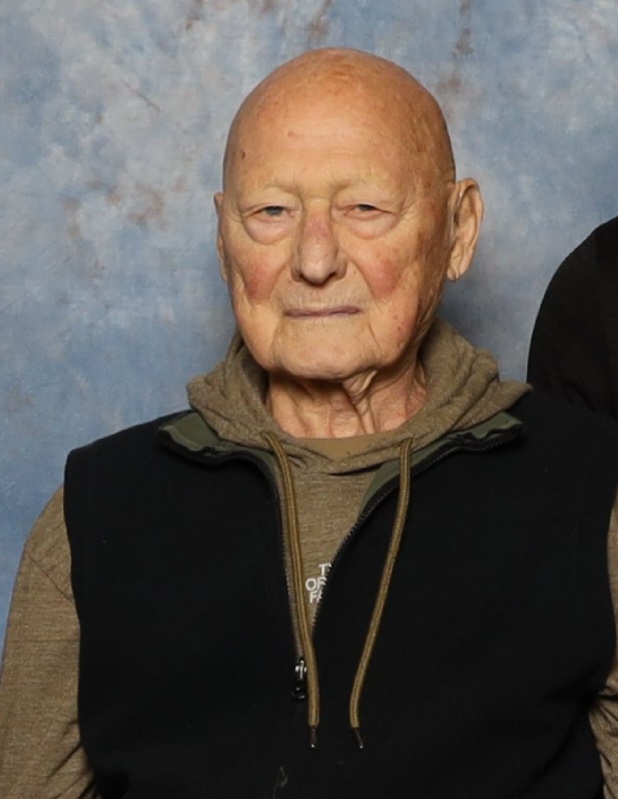
4. **James Tolkan: The Unyielding Authority Across Eras**When you think of a stern, no-nonsense authority figure in Hill Valley, one name immediately springs to mind: Principal Strickland. James Tolkan’s portrayal of Stanford S. Strickland in 1985 is absolutely iconic, a man whose very presence commands attention and whose catchphrases like ‘Slacker!’ are etched into the minds of fans forever. Strickland is the quintessential strict principal, constantly on Marty’s case for tardiness or perceived misbehavior, yet underneath that gruff exterior, he’s a surprisingly complex character who even sneaks a drink at his desk. Tolkan perfectly captures the essence of a man dedicated, perhaps too dedicated, to order and discipline, making him an unforgettable, if somewhat intimidating, part of Marty’s high school experience.
But Tolkan’s impact extends far beyond the 1980s. In ‘Back to the Future Part III,’ he masterfully transforms into Chief Marshal James Strickland, the paternal great-grandfather of his 20th-century counterpart, operating in the rugged, lawless landscape of 1885 Hill Valley. The familial resemblance isn’t just physical; it’s in the very demeanor. Marshal Strickland, too, is a man of unyielding authority, albeit with a different set of rules to enforce in the Wild West. He’s tasked with maintaining order in a town where outlaws like Buford Tannen roam, and his steadfast commitment to justice, despite the dangers, clearly echoes the principled (if rigid) nature of his descendant.
What’s truly fascinating is how Tolkan manages to imbue both Stricklands with a core ‘Strickland’ essence – a commitment to upholding the law and order, regardless of the era or the specific challenges faced. This consistency in characterization, even across a century, subtly reinforces the franchise’s themes of inherited traits and the enduring spirit of certain archetypes within the same family line. His presence across timelines serves as a narrative anchor, a reminder that some things, like the need for discipline and rules, transcend the decades, providing a steady contrast to the temporal chaos Marty often finds himself in.
The narrative even offers a poignant, albeit optional, fate for the Old West Marshal. While the theatrical cut sees him simply absent for the latter half of ‘Part III,’ deleted scenes and the film’s novelization depict Marshal Strickland being tragically killed by Buford Tannen. This detail, further touched upon in ‘Back to the Future: The Game’ where his sister Edna confirms his demise, adds a layer of tragic heroism to his character, showing the real perils of his time and the ultimate price of his unyielding dedication to justice against the ruthless Tannen family. It sparks a fascinating discussion among fans about the true history of Hill Valley and the sacrifices made.
Tolkan’s multi-faceted performance as both Principal Strickland and Marshal Strickland is a testament to his acting range and the brilliant foresight of the ‘Back to the Future’ creative team. He didn’t just play two characters; he played two *eras* of the same character, each uniquely suited to their time yet bound by a shared, recognizable core. His portrayals underscore the notion that while technology and fashion may change, the fundamental human elements of authority, defiance, and community remain consistent, woven into the fabric of Hill Valley through the generations.
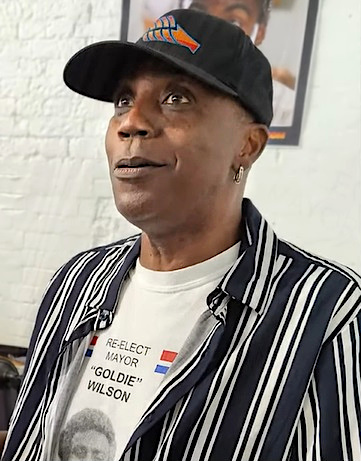
5. **Donald Fullilove: From Diner Employee to Hill Valley’s Mayor (and Beyond!)**Donald Fullilove brings an undeniable charm and aspirational spirit to the ‘Back to the Future’ saga through his portrayal of Goldie Wilson. We first encounter Goldie in 1955, working at Lou’s Cafe, a young man with big dreams but perhaps limited immediate prospects. It’s Marty McFly’s accidental, yet pivotal, conversation with Goldie that sparks the idea of him running for mayor – a moment of serendipitous encouragement that radically alters the course of Hill Valley’s political future. Fullilove captures Goldie’s youthful energy and nascent ambition, making him an instantly likable and memorable character.
Fast forward to 1985, and Goldie Wilson has not only achieved his dream but has become the first Black Mayor of Hill Valley, a significant and uplifting detail in the franchise’s altered timeline. This journey from diner employee to respected public servant highlights the powerful message of hope and possibility that permeates ‘Back to the Future.’ As mayor, Goldie remains a prominent figure, even creating a bit of controversy in 1985 by planning to replace the iconic damaged clock from the Hill Valley Courthouse’s clock tower – a debate that remarkably continues even after he leaves office by 2015. Fullilove’s consistent portrayal across these timelines grounds Goldie’s rise, making his success feel earned and inspiring.
But the Goldie Wilson saga doesn’t end there! In ‘Back to the Future Part II,’ Fullilove again steps into the shoes of a descendant, portraying Goldie Wilson III in the futuristic 2015. While Goldie III isn’t in politics, he’s carrying on a different kind of family legacy as a car salesman. Fullilove skillfully gives this character his own unique flair, distinct from his grandfather, yet still embodying a certain enterprising spirit. The continuity of the Goldie Wilson name, from a visionary mayor to a savvy businessman, showcases the diverse paths of success within the same family line, echoing the themes of generational aspirations that define the entire trilogy.
The evolution of the Wilson family, as depicted through Fullilove’s multiple performances, provides a wonderful counterpoint to the generational struggles of the McFlys and the Tannens. It’s a story of upward mobility and positive community impact, directly influenced by Marty’s initial intervention. Fullilove’s ability to convincingly portray both the ambitious young Goldie and his successful, influential descendants adds a vital layer of social commentary and optimistic storytelling to the franchise, proving that positive changes can ripple through time just as dramatically as negative ones.
Donald Fullilove’s contribution to ‘Back to the Future’ is a powerful reminder that every character, no matter how brief their screen time, can hold significant weight in the overarching narrative. His dual roles as Goldie Wilson and Goldie Wilson III not only provide memorable moments but also serve to underscore the franchise’s belief in the potential for individuals to shape their own destinies and leave a lasting, positive mark on history. It’s a truly heartwarming aspect of a time-travel story often focused on preventing disasters, showing instead the power of inspiring triumph.
6. **Michael X. Sommers: Gaming the Timeline with McFly Ancestors**While Michael X. Sommers might not have appeared on the big screen in the ‘Back to the Future’ trilogy, his contributions as a voice actor in ‘Back to the Future: The Game’ are absolutely essential to expanding the franchise’s lore and deepening our understanding of the McFly family tree. In the gaming world, Sommers steps into the shoes (or rather, the voicebox) of multiple key characters, particularly those within Marty’s ancestral lineage, giving them life and personality in new, interactive ways. It’s a brilliant extension of the multi-character tradition established in the films.
Sommers’ most recognizable voice role in the game is perhaps that of George McFly, Marty’s father. Having a voice actor take on a role famously played by Crispin Glover and Jeffrey Weissman in the films is no small feat. Sommers adeptly captures the essence of George – initially timid and prone to being bullied by the Tannen clan, but with a spark of creativity and eventual courage. His performance ensures that George’s distinct characterization, so central to the original film’s plot, remains consistent and relatable within the game’s expanded storyline, allowing players to connect with a familiar, yet evolving, version of Marty’s dad.
Beyond George, Sommers further enriches the McFly family history by voicing Arthur ‘Artie’ McFly, Marty’s paternal grandfather and George’s father. Introduced in the game, Artie is a crucial link in the McFly lineage, facing his own struggles with the oppressive Tannen family, specifically ‘Kid’ Tannen, Biff’s father, who forces Artie to do his accounting. Sommers brings Artie to life with a nuanced performance that reflects his vulnerability and his eventual journey towards standing up for himself, with Marty’s help, of course. This portrayal adds another layer to the recurring theme of the McFly-Tannen rivalry through generations.
The inclusion of characters like Artie McFly in the game, voiced so capably by Sommers, is more than just an Easter egg for fans; it’s a genuine expansion of the ‘Back to the Future’ universe. It provides depth to the McFly family’s history, showing that the struggles Marty faces with the Tannens are deeply rooted in his ancestry. Sommers’ voice work helps to seamlessly integrate these new characters and their stories into the established continuity, maintaining the authentic feel of the franchise and making these ancestral encounters feel just as significant as the cinematic ones.
Michael X. Sommers’ work, even in a different medium, powerfully reinforces the central theme of ‘Back to the Future’: the enduring impact of family and the generational echoes of heroism and villainy. His ability to voice multiple, distinct McFly relatives ensures that the saga’s intricate web of family connections remains strong and consistent, offering fans new insights into the lineage of our beloved time-traveling protagonist. It’s a vital contribution that ensures the ‘Back to the Future’ story continues to resonate, proving that some talents are truly timeless, just like the DeLorean itself.
As we journey back from the depths of Hill Valley’s past, present, and future, it becomes abundantly clear that the ‘Back to the Future’ franchise is much more than a tale of time travel and scientific ingenuity. It’s a heartfelt testament to the incredible talent and transformative power of its cast. These six actors, from the iconic leads to the memorable supporting players, didn’t just step into multiple roles; they embodied entire lineages, weaving a rich tapestry of interconnected lives across disparate eras. Their ability to subtly shift their performances, whether through voice, physicality, or sheer emotional range, ensured that every encounter, every paradox, and every altered timeline felt authentic and deeply resonant. Their commitment to their craft not only entertained us but deepened our appreciation for the intricate genius of Robert Zemeckis and Bob Gale’s timeless creation, leaving an indelible mark on cinematic history and solidifying ‘Back to the Future’ as a true masterclass in character and storytelling.

